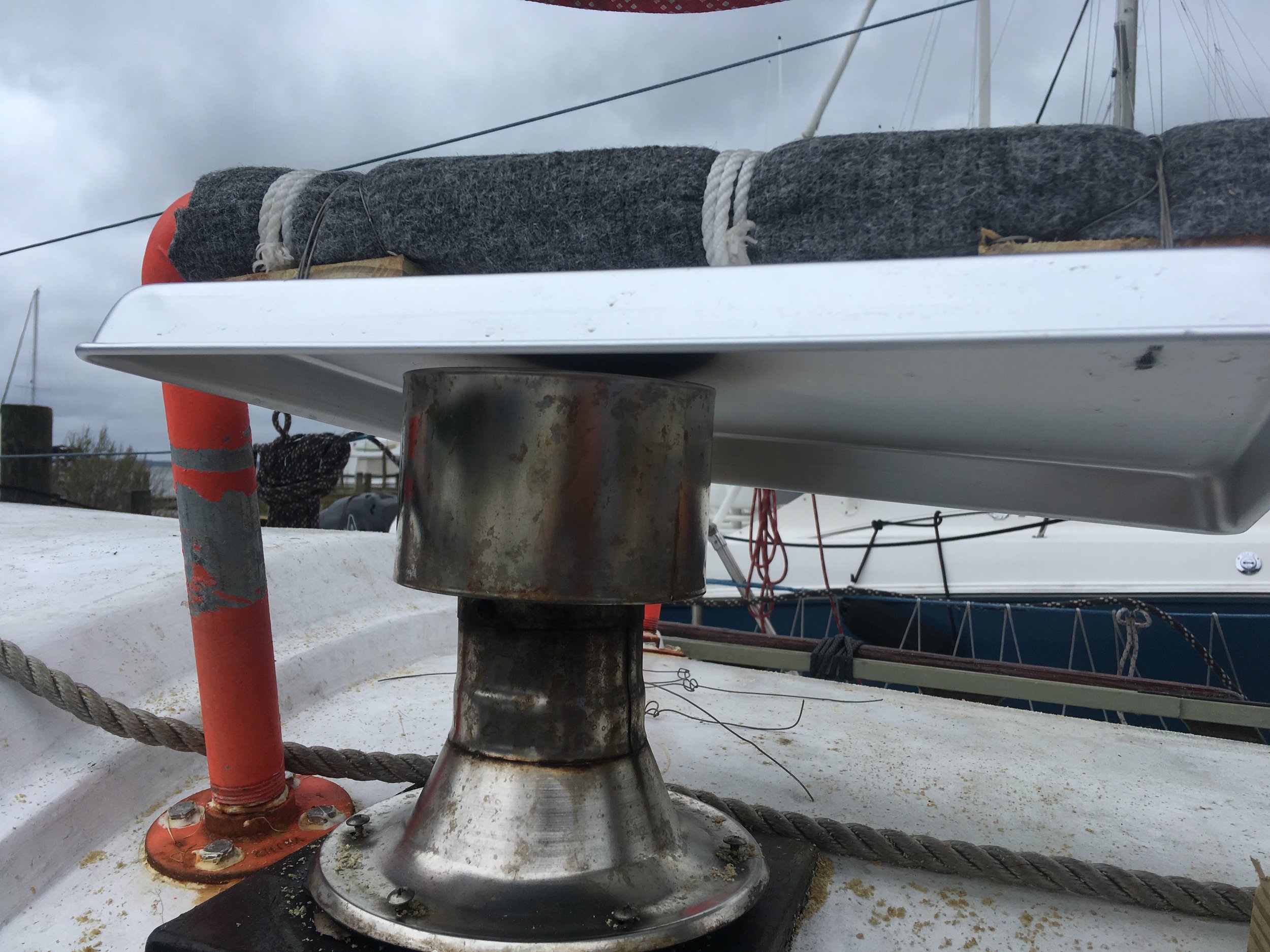Keeping warm in the winter is crucial if you are planning to live aboard comfortably. Diesel heaters are a very efficient and powerful way to heat your cabin, providing plenty of heat without the buildup of condensation typical with other types of heaters.
The cabin air inside the yacht will be used in the combustion process, taking along with it any moisture that is present in the air. This burnt air is then sent out through the chimney, keeping the cabin free of smoke and carbon monoxide.
As the air in the cabin is consumed, new air must be brought in to replace this air. Dorade vents that are used for passive ventilation in the yacht will allow fresh and dry outside air to be drawn in and quickly warmed by the burning heater.
This is all well and good, but how do you get the thing started? If you read the instructions, you may become intimidated as the instructions are rather complicated. Actually, the instructions are overly complicated. The truth is, these heaters are remarkably easy to turn on and get started.
All you need to do is start the flow of fuel, wait a few minutes, and light it. That's it!
The video is rather long, as it is the entire process of starting the heater and watching the flame slowly come up to the top where it begins to burn efficiently and heat well. The steps taken in the beginning are the only steps you need to take to get the heater rolling! Once you carry out those steps, the rest is just a matter of waiting.





